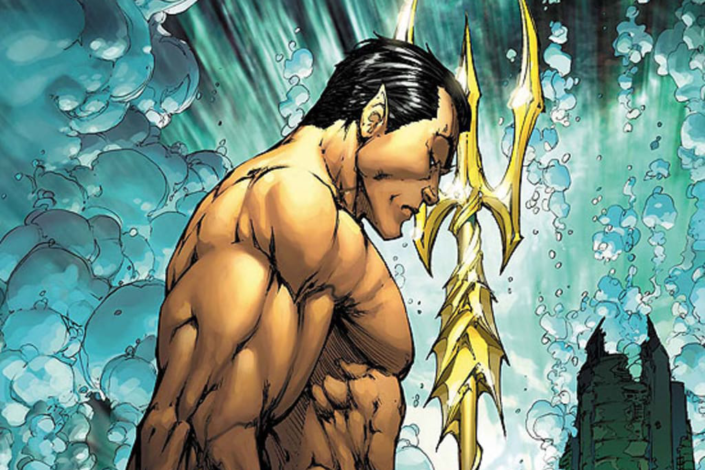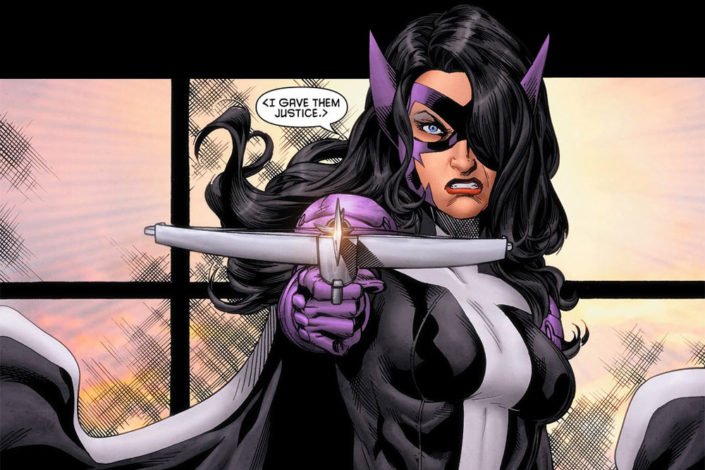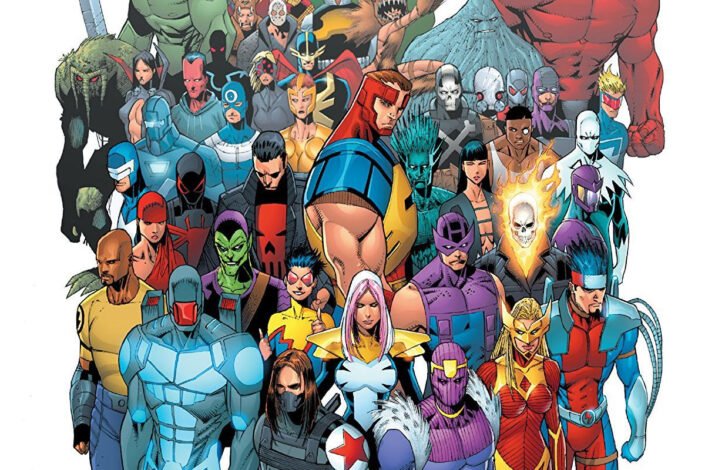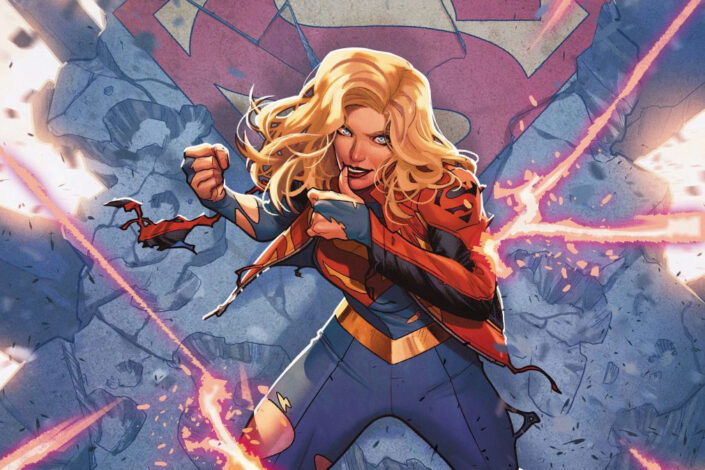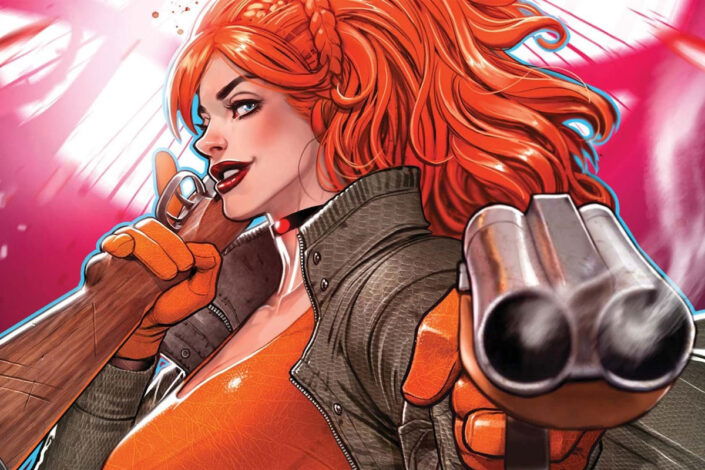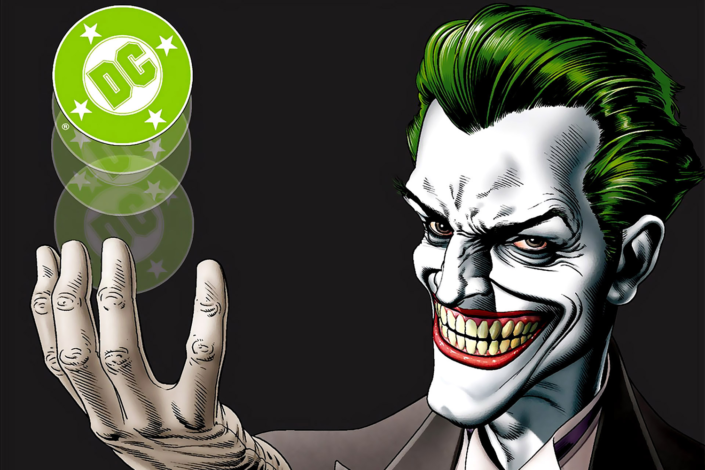Inhumans Reading Order (with Black Bolt, Medusa, Karnak, Lockjaw and Maximus)

Not to be confused with the X-Men, The Inhumans are another group of Marvel Superpower beings created by writer-editor Stan Lee and artist Jack Kirby. The difference resides in the way each group comes into their meta-human abilities. To put it simply (as nothing is really that simple in the comic book world), Mutants are a group of people possessing the X-Gene that generally comes into their powers during puberty. Inhumans are the result of a Kree science experiment and only get their powers if they are exposed to Terrigen Mist and undergo a transformation called Terrigenesis. Inhumans were created with a purpose, as weapons to assist the Kree in their war against the Skrulls.
So what is Terrigen Mist, you ask? Well, this Mist is produced when Terrigen Crystals, a rare mineral created by the Kree, are exposed to water at a specific temperature. So when an Inhuman inhales the Mist, it activates the Inhuman gene and he becomes a meta-human.
Inhumans also differentiate themselves by usually being a close-knit society preferring to trust no one but its own people. Living in isolation, they are ruled by the Royal Family and the Genetic Council. They even had their own kingdom on the moon before humanity learns of their existence.
The most famous Inhumans out there are part of the Royal Family. Black Blot is the king of the Inhumans and has a destructive hypersonic voice whose slightest whisper will release his power. For this reason, he remains silent. He is married to Medusa, Queen of the Inhumans, which has prehensile hair. Crystal, Medusa’s sister, can manipulate the elements, and Maximus, Black Bolt’s brother has the ability of mind-control and thirst for power.
There are also Gorgon with legs that can create massive shockwaves; Karnak, a martial art artist, priest and philosopher to the Inhumans who chose to never be exposed to the Terrigen Mist; Triton, who can breathe underwater; Good ol’ boy Lockjaw, a bulldog that can teleport; and more…
More recently, the NuHumans, or Inhumans Hybrids, were introduced, and with this new tribe came a lot of new characters like Daisy Johnson, Kamala Khan, Lunella Lafayette.
Introduced in Fantastic Four #45 in december 1965, The Inhumans have more than 50 years of history, where their complex origins, their relationships and their place in the Marvel Universe have been explored. Now is the time to jump into the Inhumans Reading order to know what to read!
Read More »Inhumans Reading Order (with Black Bolt, Medusa, Karnak, Lockjaw and Maximus)
